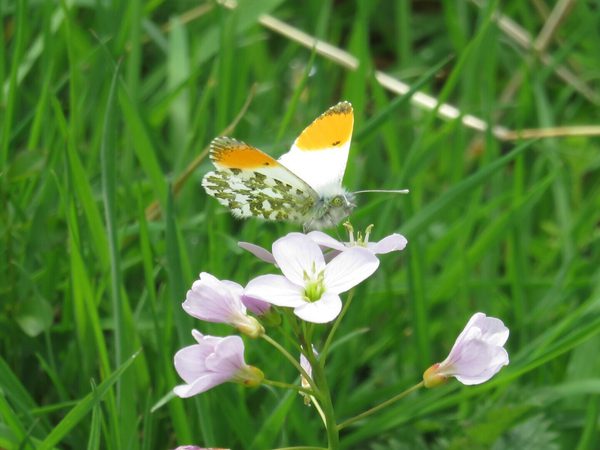Get involved

Get involved

Get involved with Big Chalk
There are many ways to get involved with the Big Chalk programme, each playing a vital role in achieving our shared vision.
Whether by joining the partnership to help realise what we can only achieve together, registering your project as part of our dynamic and evolving suite of partner-led initiatives, or joining a topic group to contribute to knowledge-sharing, your involvement matters.
Each project may differ in scope and focus, but they all work toward the same goal—delivering the Big Chalk vision.
We also welcome funders and new partners who can help us advance our mission to create nature-rich chalk and limestone landscapes that benefit everyone.
Your support is key to our collective success.
Register your project
The Big Chalk programme is made up of a dynamic and evolving suite of partner-led projects. These may do different things, cover different areas and have different partners but they all have two things in common – they contribute towards delivering the Big Chalk vision and the Big Chalk Board has agreed they can be registered as a Big Chalk Project.
Once registered, a Big Chalk Project can use the Big Chalk brand on its materials, benefiting from an enhanced profile as well as access to networking, shared learning and best practice. Importantly, Big Chalk Projects are recognised as being part of a collective effort to secure the future of nature in southern England’s iconic chalk and limestone landscapes.
The registration process begins with submission of the online form below.
We recommend reading the project guidance first and preparing your answers in advance to save time and ensure you're fully prepared. Click the 'read more' button below.

Join our partnership
Realising our vision depends on building a broad, representative partnership – we do together what we cannot do alone.
If you would like to discuss joining the Big Chalk Partnership, please contact David Hoccom via the link below.

Join a topic group
Knowledge transfer within the Big Chalk Partnership happens through a series of topic groups, which meet online three to four times a year. These currently cover:
- Land management for nature’s recovery
- Working with farmers and land managers
- Developing landscape-scale programmes
- Local nature recovery strategies
- Evidence, data and recording
- Natural capital
- Health, wellbeing & engagement
If you are interested in joining a Big Chalk topic group, please contact Bruce on the link below.
Become a funder or partner
We would love to hear from you if your organisation can help fulfil our mission and contribute to delivering our vision of nature-rich chalk and limestone landscapes that benefit all of us.
If you would like to discuss funding or partnering with Big Chalk, please contact David Hoccom via the button below.